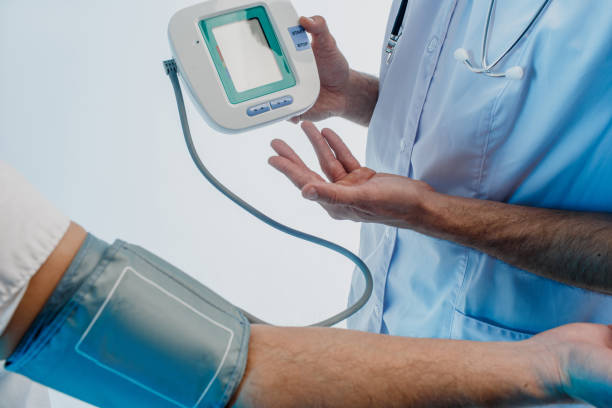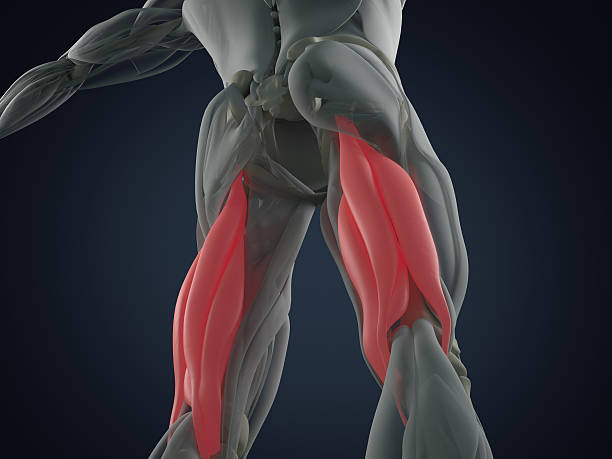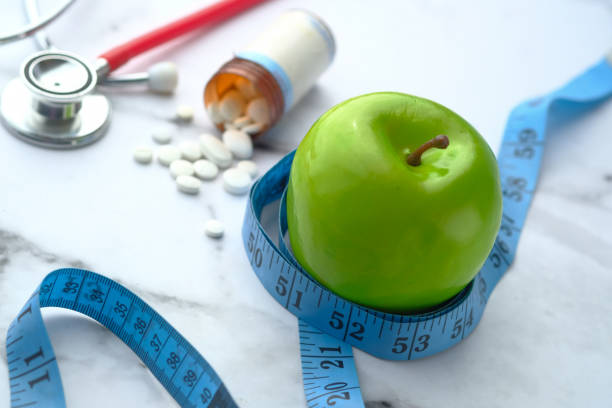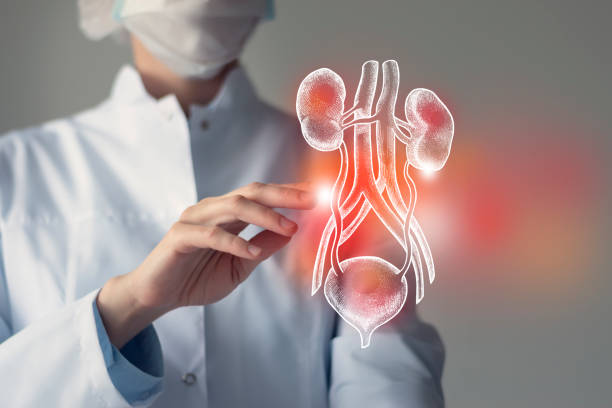Grip Strength
Grip strength is more than just a measure of how firmly you can hold an object—it is a vital indicator of overall health, muscle function, and longevity. Studies have shown that grip strength can predict the risk of cardiovascular disease, stroke, functional decline, and even all-cause mortality. It is considered a stronger predictor of these risks than even systolic blood pressure in some cases. This makes grip strength an essential biomarker for assessing overall health, particularly in older adults.
At Upgrade PDX, we emphasize the importance of grip strength testing as part of a comprehensive health and fitness evaluation. Using a Dynamometer Handgrip Measurer Meter, individuals can assess their grip strength, track changes over time, and make informed decisions about their health and training. In this article, we’ll explore the benefits of grip strength testing, the factors that influence grip strength, and how it can be improved for better health and performance.
Association of Handgrip Strength with Health Outcomes
Handgrip strength is strongly linked to several key health indicators, making it an important measure of overall well-being:
- Mortality: Research suggests that individuals with lower grip strength have a significantly higher risk of all-cause mortality. Weak grip strength is often associated with declining health, frailty, and an increased risk of early death.
- Psychological Health: Studies have shown that grip strength is correlated with cognitive function, mental health, and overall psychological well-being. Higher grip strength has been associated with better memory, cognitive performance, and a lower risk of depression and anxiety.
- Functional Disabilities: A decline in handgrip strength is often a sign of reduced mobility and functional impairments. Individuals with weak grip strength are more likely to experience difficulties in performing daily activities, increasing the risk of falls and fractures.
- Hospitalization: Weaker grip strength has been linked to longer hospital stays and slower recovery rates after surgeries or illnesses. Patients with higher grip strength tend to recover faster and experience fewer complications.
- Morbidity: Handgrip strength is also connected to the risk of chronic diseases such as cardiovascular disease, diabetes, and musculoskeletal disorders. Maintaining good grip strength is often associated with better metabolic and cardiovascular health.
Because of these strong associations, handgrip strength is often used as a quick, non-invasive tool to assess overall health, particularly in aging populations.
Dynamometer Handgrip Measurer Meter. Grip strength is considered a strong predictor of overall health and mortality risk, particularly in older adults, as a decline in grip strength can indicate a higher risk of cardiovascular disease, stroke, functional decline, and even all-cause mortality, often considered a more potent predictor than even systolic blood pressure in some studies; making it a valuable biomarker
The Science Behind Grip Strength and Health
Grip strength is increasingly recognized as an essential health biomarker. Research has established strong correlations between grip strength and various health conditions, including cardiovascular disease, stroke, and frailty in older adults. Studies indicate that people with weak grip strength are more likely to experience early mortality, independent of other risk factors like high blood pressure or obesity.
Additionally, grip strength is a strong predictor of sarcopenia, an age-related decline in muscle mass and function. Sarcopenia increases the risk of falls, fractures, and loss of independence in older adults. By tracking grip strength, healthcare providers can identify individuals at risk and recommend early interventions to maintain muscle health.
Grip Strength Testing in Sports and Fitness
Athletes and fitness enthusiasts can benefit significantly from grip strength testing. In sports such as rock climbing, wrestling, powerlifting, and tennis, grip strength is a critical performance factor. A strong grip enhances endurance, control, and power in various activities.
Grip strength testing is particularly useful for weightlifters and bodybuilders, as grip fatigue often limits performance during heavy lifts. By assessing grip strength, athletes can adjust their training programs to prevent weaknesses and optimize performance.
Coaches and trainers use grip strength assessments to monitor an athlete’s readiness for competition. A significant drop in grip strength may indicate fatigue or overtraining, signaling the need for rest and recovery.
Improving Grip Strength: Effective Strategies
Developing a stronger grip requires targeted training and proper nutrition. Here are some effective ways to enhance grip strength:
Strength Training Exercises
Engaging in specific exercises that target grip strength can lead to significant improvements:
- Deadlifts – Heavy lifting builds overall grip endurance and strength.
- Farmer’s Carries – Holding and walking with heavy weights challenges grip muscles.
- Pull-ups & Chin-ups – These movements strengthen forearms and hand grip.
- Wrist Curls – Strengthens the wrists and forearm flexors.
- Hand Grippers – Dedicated grip-strengthening tools improve hand and finger strength.
Grip Variability Training
Changing grip positions during exercises helps train different muscles and improve grip endurance:
- Thick Bar Training – Using thicker handles increases grip demands.
- Towel Pull-ups – Wrapping a towel around a pull-up bar challenges hand strength.
- Pinch Grip Training – Holding weight plates between fingers improves pinch grip strength.
Daily Hand Exercises
Incorporating simple hand-strengthening activities into daily life can maintain and improve grip strength:
- Squeezing a Stress Ball – Enhances hand endurance and flexibility.
- Opening Jars & Bottles – Engaging in these tasks naturally strengthens grip.
- Carrying Groceries Without Bags – A functional way to build grip endurance.
Proper Nutrition for Muscle Health
Muscle function and grip strength are closely linked to diet. Consuming protein-rich foods, vitamins, and minerals such as:
- Lean meats, fish, eggs, and legumes – Support muscle protein synthesis.
- Vitamin D & Calcium – Essential for bone and muscle health.
- Magnesium & Potassium – Aid in muscle contraction and function.
Managing Chronic Conditions
Since grip strength is affected by chronic diseases, managing health conditions like diabetes, arthritis, and cardiovascular disease can help maintain hand function and overall muscle strength.
Conclusion
Grip strength is a powerful yet often overlooked indicator of health, fitness, and longevity. Whether you are an athlete seeking to enhance performance, an older adult aiming to maintain independence, or simply someone interested in tracking your overall health, measuring and improving grip strength can be a game-changer.
At Upgrade PDX, we provide grip strength assessments to help individuals optimize their health and performance. By understanding the role of grip strength and implementing the right strategies, you can take control of your well-being and physical capabilities for years to come.
How is grip strength tested?
Grip strength is typically measured using a hand dynamometer, which assesses the force exerted when squeezing the device.
What is a good grip strength score?
Grip strength varies by age and gender, but generally, men should aim for 40-60 kg, while women should aim for 20-40 kg.
How often should I test my grip strength?
It is recommended to test grip strength every few months to track progress, especially if training for strength or monitoring health.
Can weak grip strength be improved?
Yes! Regular grip-specific exercises and strength training can significantly enhance grip strength over time.
Is grip strength a reliable health indicator?
Yes, studies suggest that grip strength is a strong predictor of overall health, longevity, and risk of chronic diseases.
Location
1210 NW Johnson St.,
Portland, OR 97209
Office Hours
MON10:00 am - 8:00 pm
TUE6:00 am - 5:00 pm
WED10:00 am - 8:00 pm
THUClosed
FRI6:00 am - 2:00 pm
SAT8:00 am - 2:00 pm
SUNClosed














